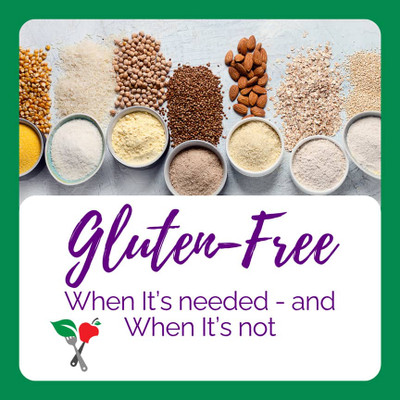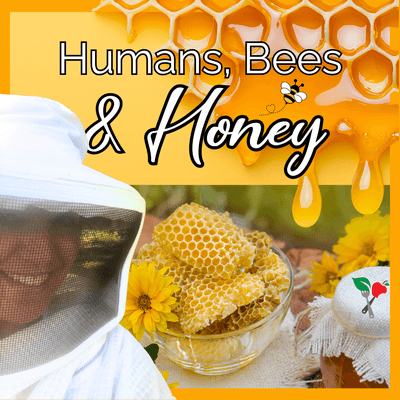Not All Ingredients Are Created Equal: What To Avoid and Why
Last week, we covered how some scary-sounding ingredients can actually be very safe and even nutritious. Like most things in life, you can't generalize things into a neat and easy category of good and bad.
Words like azodicarbonamide, potassium bromate, and acesulfame potassium are unrecognizable to many, and people are starting to question why they are in our foods and if we are better off without them. While they may extend shelf life or enhance flavor artificially, many of these unpronounceable ingredients are raising red flags. That’s where the Center for Science in the Public Interest (CSPI) comes in. Their Chemical Cuisine guide lists food additives to “avoid,” “cut back on,” or “watch carefully.” At Seattle Sutton’s Healthy Eating, we take this guidance seriously.
This week, we cover ingredients that we recommend avoiding. Not all ingredients are created equally, and some ingredients are more than just hard to pronounce; they’re bad news for your body. Let’s explore what’s on this list, why these chemicals are used in processed foods, what the research says, and how Seattle Sutton’s keeps your meals clean and wholesome.
Here’s a breakdown of the top ingredients to watch out for and how they could be harming your health.
Potassium Bromate and Azodicarbonamide (ADA)
- What it is: Potassium Bromate is a chemical oxidizing agent used to improve dough elasticity and help bread rise. Azodicarbonamide (ADA) is a synthetic bleaching agent and dough conditioner.
- Where it’s found: Commercial baked goods like sandwich breads, rolls, and frozen baked goods.
- Why it's used: Potassium bromate strengthens dough and makes the final product puffier and whiter. ADA makes bread more uniform, whiter, and extends it's shelf life.
The Concern:
According to animal studies conducted by the International Agency for Research on Cancer (IARC), potassium bromate is a possible human carcinogen. Although the FDA has not banned it outright, it has been prohibited in the EU, UK, Canada, and Brazil for decades. The World Health Organization (WHO) and the European Food Safety Authority (EFSA) have both flagged ADA as a potential respiratory and allergenic hazard. It is banned in the EU and Australia.
✅ Seattle Sutton’s Stance:
We don’t use commercial additives to bulk up or bleach our bread. Our approach relies on traditional baking methods and clean ingredients, making our bread better for your body without chemical shortcuts.
Propyl Gallate
- What it is: Propyl Gallate is a preservative used to prevent fats and oils from spoiling.
- Where it’s found: Packaged meats, chicken soup base, snacks, and cosmetics.
- Why it’s used: It helps prolong shelf life and preserve color in fatty products.
The Concern:
Animal studies have linked propyl gallate to hormone disruption. While more human data is needed, early evidence suggests caution. According to the Endocrine Society, even small exposures to hormone-disrupting chemicals may have significant effects on reproductive and thyroid systems.
✅ Seattle Sutton’s Stance:
You won’t find a trace of this in our food. We rely on natural fats from whole foods, and our meals don’t sit on shelves for months. That means there’s no reason to rely on chemical antioxidants to keep them “fresh.”
Artificial Colors
- What they are: Synthetic food dyes like Red 3, Yellow 5, and Blue 1.
- Where they’re found: Candy, soda, cereal, snack cakes, sports drinks, and even “health” bars.
- Why they’re used: To make processed foods more visually appealing and uniform in color.
The Concern:
Research has linked artificial dyes to hyperactivity in children and allergic reactions. While some artificial dyes have been recently banned in the US, companies still have years to comply with the ban, and the ban does not include all artificial food dyes.
✅ Seattle Sutton’s Stance:
Our meals get their color from nature, carrots, spinach, turmeric, tomatoes, beets, and more. We don’t use food dyes because we don’t need them. And guess what?! We have avoided artificial food dyes in our food since the beginning; over 40 years now!
Hydrogenated Oils
- What they are: Vegetable oils chemically altered to remain solid at room temperature.
- Where they’re found: Margarine, shortening, baked goods, and fried fast food.
- Why they’re used: They increase shelf life and give foods a desirable texture.
The Concern:
Hydrogenated oils are linked to heart disease, inflammation, and increased LDL (“bad”) cholesterol. The FDA has banned partially hydrogenated oils, but fully hydrogenated oils can still be used if trans-fat levels are low enough to round down to 0g on the label.
Trans fats raise LDL (“bad”) cholesterol, lower HDL (“good”) cholesterol, and significantly increase your risk of heart disease. Even trace amounts can be harmful over time. Gram-for-gram, trans fat is even more harmful than saturated fat. And Harvard’s School of Public Health researchers estimated that 50,000 premature heart attack deaths annually may be caused by trans-fat.
✅ Seattle Sutton’s Stance:
We use healthy fats like olive oil and naturally occurring fats—never industrial trans fats.
Artificial Sweeteners
- What they are: Synthetic sugar substitutes like aspartame, sucralose, and acesulfame potassium.
- Where they’re found: Diet sodas, sugar-free yogurt, low-calorie snacks, and protein powders.
- Why they’re used: They add sweetness without calories and sugar.
The Concern:
Artificial sweeteners are marketed as a healthier alternative to sugar, but science paints a more complicated picture. Research has shown that some of these additives may disrupt gut bacteria, confuse hunger and fullness signals, and even interfere with blood sugar control—the exact opposite of what they claim to help with. While the FDA considers many of these sweeteners “generally recognized as safe,” emerging studies raise concerns about long-term metabolic effects, especially with regular use.
✅ Seattle Sutton’s Stance:
We believe natural sweetness comes from real food, like fruit, honey, or maple syrup, used sparingly. No fake sugar, ever.
High Fructose Corn Syrup (HFCS)
- What it is: A processed sweetener made from corn starch, with higher levels of fructose.
- Where it’s found: Soft drinks, ketchup, yogurt, salad dressings, granola bars.
- Why it’s used: It’s cheap, sweet, and extends shelf life.
The Concern:
HFCS has been linked to obesity, fatty liver disease, insulin resistance, and an increased risk of metabolic syndrome. It’s also thought to promote inflammation. A study in The Journal of Nutrition found that HFCS consumption was associated with increased triglycerides and liver fat accumulation.
✅ Seattle Sutton’s Stance:
We don’t sweeten our meals with high fructose corn syrup and keep added sugars to a minimum.
Sodium Nitrate & Nitrite
- What they are: Preservatives used to cure meats and prevent bacterial growth.
- Where they’re found: Bacon, ham, deli meats, hot dogs, sausages.
- Why they’re used: They prevent spoilage and enhance pink color in cured meats.
The Concern:
Sodium nitrite compounds can form nitrosamines, which are linked to an increased risk of certain cancers — especially colon and stomach cancer. They also contribute to inflammation and oxidative stress in the body. This ingredient is common in bacon, ham, hot dogs, and deli meat. Similarly to artificial food dyes, the processed meat containing this ingredient is often best to avoid or significantly limit in a healthy diet anyway due to its high fat and salt levels.
✅ Seattle Sutton’s Stance:
We use only fresh, lean proteins—no cured meats, no added nitrates, and no shortcuts.
Why Ingredient Awareness Matters
These ingredients don’t just impact your waistline — they can affect everything from your energy levels and gut health to your hormones and long-term disease risk. Healthy eating isn’t about perfection, but knowing what you’re putting in your body is and choosing food that supports your health, not sabotages it.
Clean Food, No Translation Required
All these additives have one thing in common: they don’t belong in food you trust. Whether it’s to boost shelf life, fake flavor, or cut costs, their presence often reflects a compromise in quality—and a gamble with your health.
At Seattle Sutton’s Healthy Eating, we’re proud to say:
- No harmful preservatives
- No artificial colors or flavors
- No sweeteners, hydrogenated oils, or MSG
We use real ingredients, cooked fresh, and delivered ready-to-eat. You never have to worry about what's hiding on the label—because there’s nothing to hide.
If reading labels feels like a full-time job, you’re not alone. That’s why Seattle Sutton’s Healthy Eating takes the guesswork out of clean eating. Our meals are free from artificial preservatives, sweeteners, dyes, and all the other red-flag ingredients mentioned above — so you can eat confidently and feel great.
Explore our Clean Label standards and rotating menu at Seattle Sutton’s Healthy Eating.



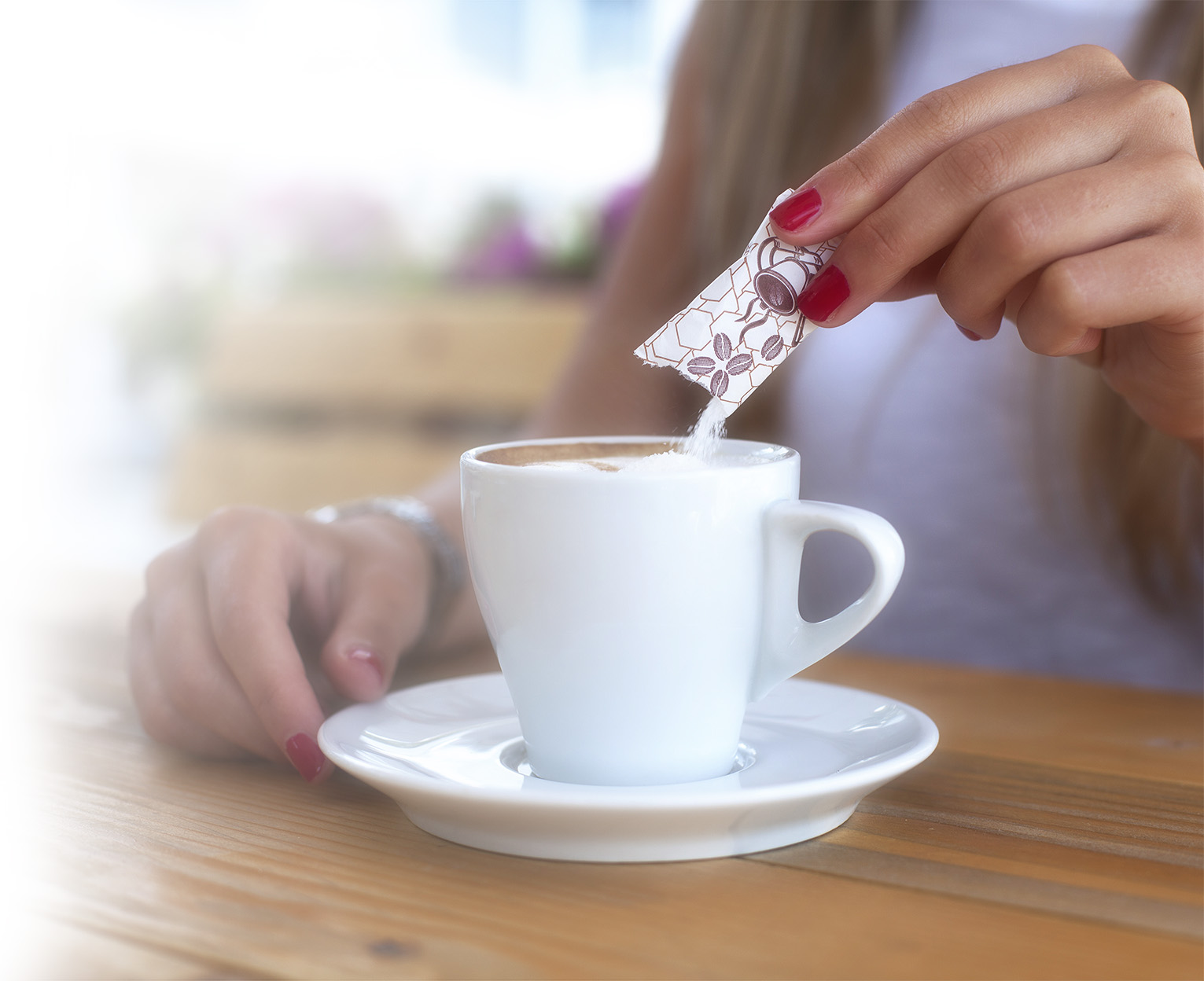
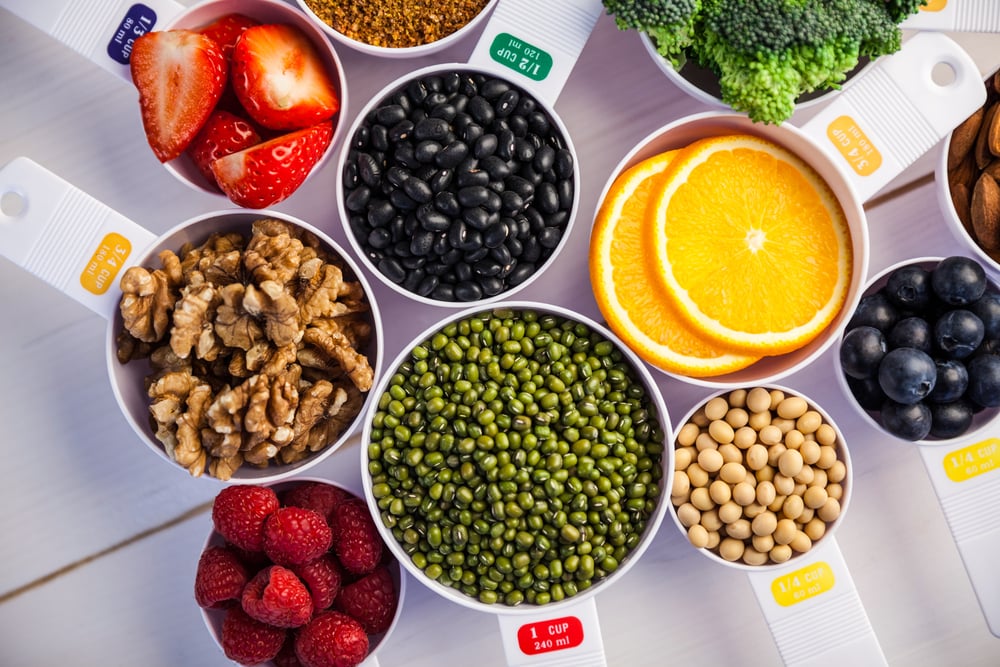


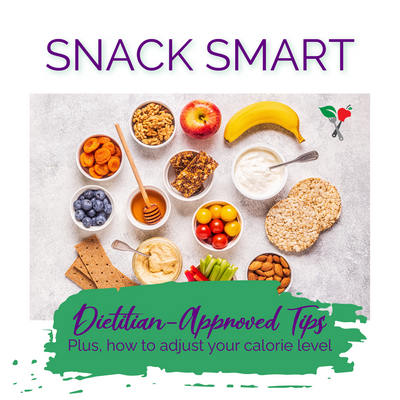
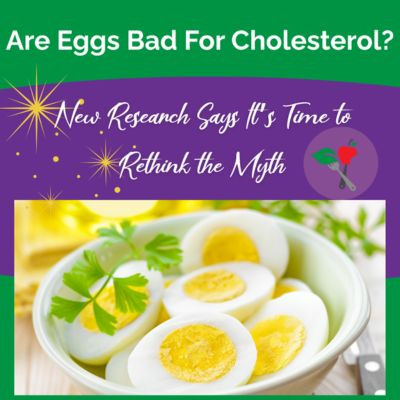
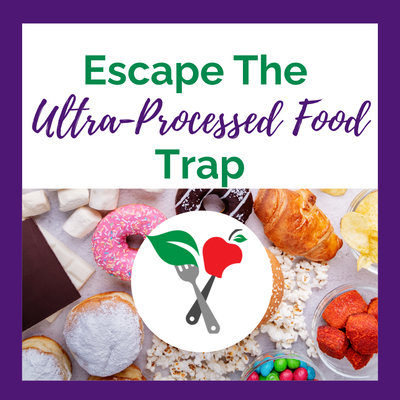
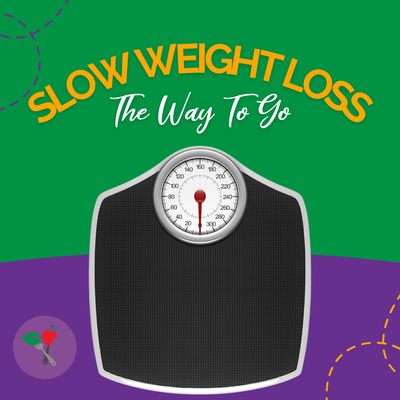
 Weight Loss
Weight Loss Health & Wellness
Health & Wellness Diabetes
Diabetes Heart Health
Heart Health Motherhood & Family
Motherhood & Family Dietary Restriction
Dietary Restriction Other Health Conditions
Other Health Conditions About SSHE
About SSHE

